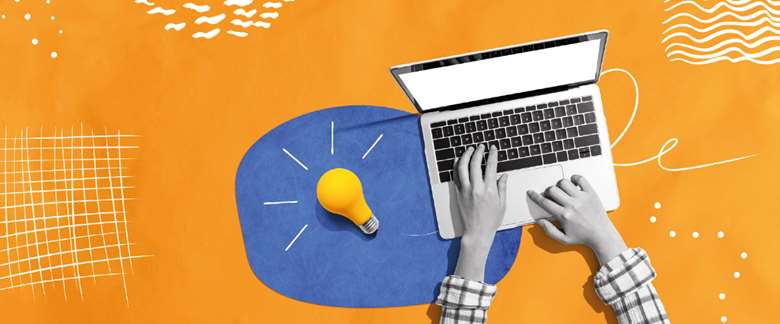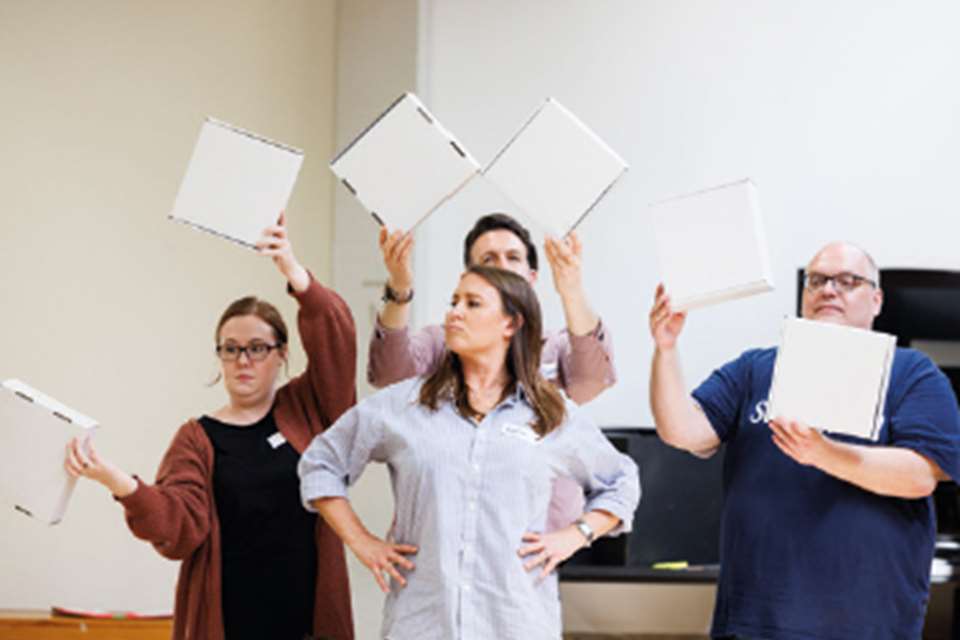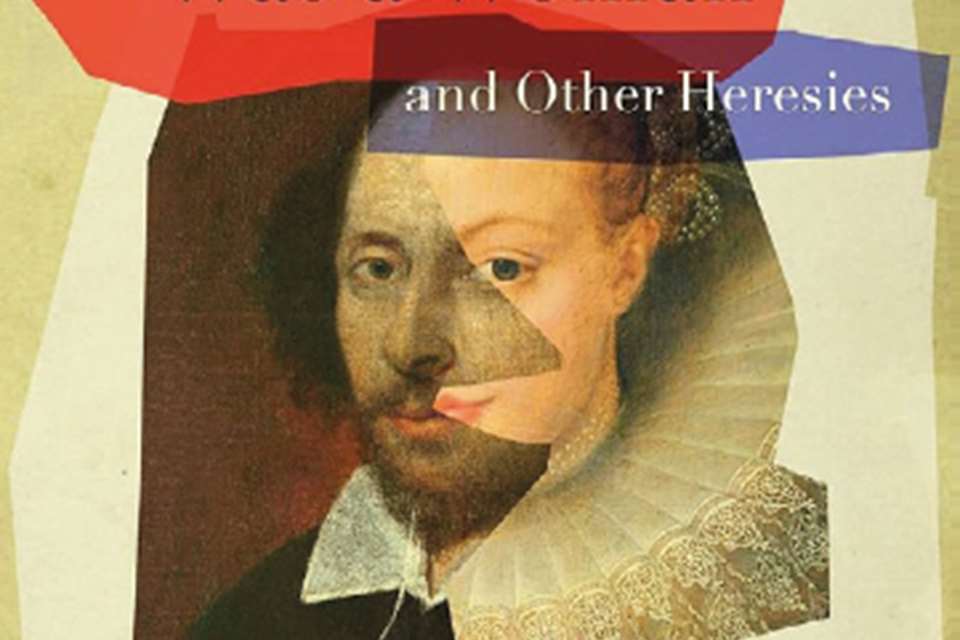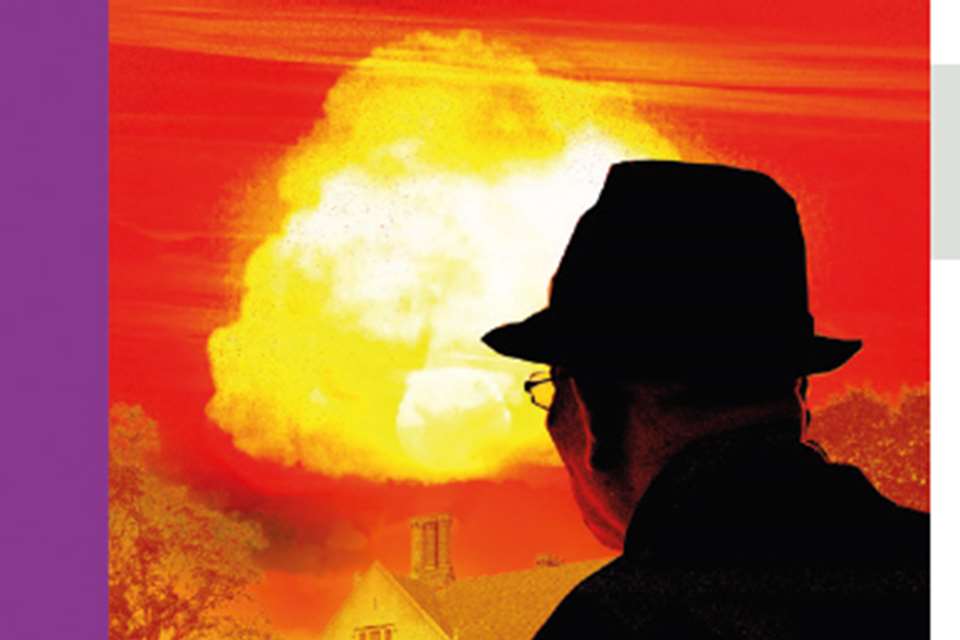AI for drama teachers: Curtain up, code in
Christian Bullen
Friday, December 1, 2023
As generative artificial intelligence steps into the spotlight, Christian Bullen clarifies why drama teachers should embrace it as a valuable resource.

Adobe Stock / Tierney
I magine if you could summon the creative genius of Bertolt Brecht with a few keystrokes. Or perhaps, with a simple command, you could conjure a perfectly tailored duologue, ready to be performed by your students. These feats are closer to reality than you might think.
For the past year, I've been delving behind the scenes into a world where the dramatic arts and artificial intelligence (AI) intersect. AI has been at the forefront of technological advancements in recent years, and one of its most fascinating branches is Generative AI. Generative AI refers to types of artificial intelligence models capable of creating content. This can range from text, images, music and more. One of the more popular platforms is ChatGPT by Open AI, however, Google, Meta and Microsoft have developed similar. The emergence of this technology brought to my mind some initial potential uses including generating improvisation topics, creating tongue twisters and writing short monologues. Now I regularly delve into more advanced applications.
Where to start
For AI newcomers my key advice is to use top-notch prompts for the best results. In my initial explorations I would ask direct questions which gave me more clinical responses. Now I often experiment with my prompts such as telling the chatbots who they are and then asking them to answer the question through this ‘lens’. Think ‘hot-seating’ but for a machine. For example, using the initial prompt ‘respond to my next question as though you are Bertolt Brecht’, I have then followed with questions such as ‘what warm-up exercise would you use before a devising session?’ or ‘how would you teach Verfremdungseffekt to students in a practical way?’. This has led to the creation of brand-new drama exercises to use in the classroom. I have even tried asking the chatbot to respond as though they were a notable person from a different field such as asking Leonardo de Vinci or Monet to create a drama game. This interdisciplinary use of AI yields some interesting ideas.
Streamlining lessons
In other collaborative efforts with the software I've found it to be a valuable tool for creating resources, allowing me to personalise and streamline teaching materials for my students, including those needing extra challenges. For instance, while recently studying Homer's The Odyssey with my Year 8 class I used ChatGPT to produce a duologue between Zeus and Poseidon to precede a physical theatre battle, which also included emotional cues for each line and movement ideas for the battle. This not only provided a stellar resource but also aided students who found choreographing movements challenging. For advanced learners the software created a more intricate duologue, encouraging them to contribute their own dialogue. The resulting student work, enhanced by AI support, was notably superior to previous years. Thus, AI served as a creative collaborator rather than replacing the human element in student learning.
In drama education, this is merely the opening scene, with the evolution of AI promising an exciting plot that I will continue to explore. The stage is set for boundless opportunities to amplify your students’ learning experiences. Alongside this article, I have provided ten actionable ways to incorporate AI into your teaching today (featured above). So, let the drama unfold, and let us embrace the transformative power of AI in drama education.
10 uses of AI for drama teachers:
- Generating customised scripts:
AI can compose monologues, duologues and scenes tailored to your students’ needs. - Inventing unique drama activities:
AI can aid in creating new drama games and exercises. The prompt is essential and your creativity is the limit. - Designing set projections:
Applications like Midjourney can generate images for set design projections, such as a ‘cartoon-style school interior’ or a ‘Victorian London Park in watercolour.’ - Formulating response questions:
AI can help create questions for students to analyse and evaluate performances, refining your questions to encourage more insightful responses. - Analysing published play texts:
AI can review scripted plays and suggest character motivations, objectives or transitive verbs for actioning. - Simplifying complex language:
Particularly useful for texts like Shakespeare's works, AI can simplify language to enhance student comprehension. - Identifying stock character traits:
AI can list the characteristics of stock characters (such as in Commedia or Pantomime) to help guide students in their interpretation of physicality and vocal choices. - Guiding practical work:
AI can offer step-by-step instructions to students, such as creating a still image from a specific plot point or devising a movement sequence. - Presenting additional challenges:
Input a class exercise into the AI, and it can generate new ideas to pose more advanced challenges for students that need them. - Delivering improvisation starters:
AI can provide customised prompts for improv scenes, factoring in the number of actors available.





